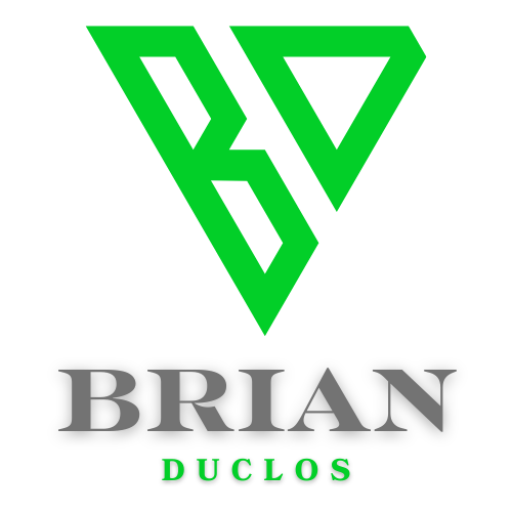🏋️♂️ Audience: High-Performance Athletes or Gym Rats Optimizing Supplements
by brianduclos | Jun 4, 2025 | Uncategorized |
👥 Demographics
- Age: 18–40
- Gender: Primarily male, but includes serious female athletes
- Income Level: $40K–$120K+ (fitness is a priority expense)
- Education: High school diploma to bachelor’s degree
- Location: Urban and suburban areas, near gyms and health clubs
🧠 Psychographics
- Values: Discipline, peak performance, body transformation, bio-optimization
- Pain Points: Plateaus, recovery time, gaining/maintaining lean mass, fatigue
- Emotional Triggers: “Train like a pro,” “Maximize every rep,” “Recover faster, grow stronger,” “What you put in is what you get out”
- Goals: Increase strength, endurance, lean muscle mass, and recovery speed; often prepping for events, competitions, or visible transformations
📹 Preferred Content Formats
- Science-backed reviews
- Before/after progress logs
- Supplement stack breakdowns
- Workout + nutrition combo content
- Unboxings and side-by-side product testing
- YouTube – Supplement reviews, training vlogs, progress series
- Instagram – Transformation pics, stack shots, training reels
- TikTok – Day-in-the-life, “what I take pre/post-workout,” gym humor
- Email – Stacking protocols, deals, fitness challenges
- Reddit/Discord – Niche fitness forums for real user data and recommendations
🎤 Ideal Presenter Type
- Age: 20–35
- Tone: Authoritative, hype-driven, knowledgeable but not preachy
- Gender: Primarily male for gym-focused channels; female works well in sports performance/athlete tone
- Style: High energy, confident, uses gym lingo but educates well (think Greg Doucette, More Plates More Dates, Stephanie Buttermore)
📣 Top-Performing Content Angles/Hooks
- “The Supplement Stack That Took My Bench from 225 to 315”
- “Stop Wasting Money on These Overhyped Supplements”
- “I Tried This for 30 Days — Here’s What Happened to My Recovery”
- “Top 5 Legal Gains Supplements That Actually Work”
- “How to Supplement Smarter — Not Harder”
🛍️ Affiliate Products They Buy
- Supplements (Core Category):
- Supplement Stack Organizers + Support Gear:
- Recovery and Performance Aids:
💰 Ideal Product Price Range
- Low-ticket: $20–$50 (creatine, protein tubs, shakers)
- Mid-ticket: $60–$150 (SARMs, peptide stacks, specialty blends)
- High-ticket: $150–$600+ (full-stack protocols, sleep recovery systems, PEMF mats)
💸 Typical Affiliate Earnings
- Entry-Level: $100–$1,000/month (from Amazon, intro supplements, individual products)
- Intermediate: $1,000–$5,000/month (stacked offers, high-AOV bundles, direct-to-site promos)
- Top Affiliates: $10K–$30K+/month (if combining coaching, own supplement lines, recurring offers)
🔁 Recurring vs. One-Time Commission Opportunities
- Recurring: Monthly stack subscriptions, coaching platforms, recovery systems with consumables
- One-Time: Equipment, one-off high-AOV stacks, digital fitness products
🎁 Lead Magnet Ideas That Would Convert
- “The Ultimate Muscle Growth Stack Guide” (PDF)
- “7-Day Supplement Experiment Tracker”
- “Pre vs. Post Workout Cheat Sheet (What You REALLY Need)”
- “Muscle-Building Grocery & Supplement List”
- “Top 5 Fitness Hacks You Can Stack With Supplements”
📢 Ad Angles That Work
- “Crush plateaus with science-backed fuel”
- “If you’re hitting the gym hard, your stack should work just as hard”
- “Don’t waste your grind — optimize your gains”
- “What’s in your stack? Here’s mine.”
- “Want elite performance without PEDs? Start here.”
🚫 Major Turn-Offs or Mistakes Marketers Make
- Promoting junk fillers or overhyped supplements without real ingredients
- Lacking transparency in labeling and dosages
- Not showing personal results or gym footage
- Coming across as a casual user vs. someone deep in training
- Sounding like a paid actor rather than a real fitness enthusiast
